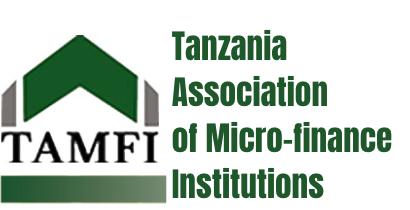The Bank of Tanzania (BOT) is actively crafting a Fintech regulatory sandbox as part of its commitment to fostering financial technologies (FinTechs) and innovations. This initiative seeks to create an enabling regulatory environment that promotes inclusive and efficient financial services and product delivery.
The primary objective of the Regulatory Sandbox is to offer a platform for Fintech innovation to undergo live testing and deployment within specified parameters and timeframes. The key goals include:
- Boosting Innovative Business Models: Encouraging the development of innovative business models to enhance financial deepening and inclusion.
- Ensuring Consumer Protection: Implementing appropriate consumer protection safeguards for innovative products and services.
- Defining Roles and Responsibilities: Clearly outlining the roles and responsibilities of parties involved in sandbox operations.
- Informing Regulatory Frameworks: Collecting information to improve existing legal and regulatory frameworks for innovative financial solutions.
- Facilitating Graduation to Regulation: Assisting Fintech innovations in transitioning from less stringent to regulated environments.
According to industry literature, a Fintech regulatory sandbox is a formal process under regulatory oversight, allowing firms to conduct live tests of new and innovative products and services in a controlled environment. The rise of regulatory sandboxes began in 2015, marked as a potential modernization tool for financial regulation in tandem with the rapid pace of technical innovation. Globally, regulatory sandboxes quickly became a trademark program for forward-thinking financial regulators.
Despite their intended benefits, regulatory sandboxes have some drawbacks. While designed to encourage innovation and reduce entry barriers into the Fintech ecosystem, they may inadvertently limit growth potential. The Consultative Group to Assist the Poor, CGAP, in their guide on “How to Build a Regulatory Sandbox,” emphasizes that sandboxes are not universally applicable and may not be the sole solution. They require substantial resource investments for setup and maintenance, making alternative approaches like test-and-learn more suitable in certain situations.
The prospect of a conducive regulatory framework for Fintechs holds promise for both microfinance institutions and Fintech companies. It has the potential to enhance competitiveness, reduce costs, improve customer experiences, open new markets, and foster innovation. The introduction of the Fintech regulatory sandbox by BOT is timely, showcasing the regulator’s commitment to nurturing a dynamic financial ecosystem.
In light of a report by McKinsey and Company in 2022, startup Fintechs in Africa face challenges in achieving sustainability, scale, and profitability, particularly in navigating uncertain regulatory environments. The regulatory sandbox, when implemented effectively, can be a pivotal step in addressing these challenges and fostering a thriving Fintech landscape in Tanzania.
As we move forward, we anticipate the positive impact of the regulatory sandbox, recognizing its potential to shape the future of Fintech in Tanzania and contribute to a more vibrant and resilient financial sector. We commend the efforts of the Bank of Tanzania in taking this progressive step.

